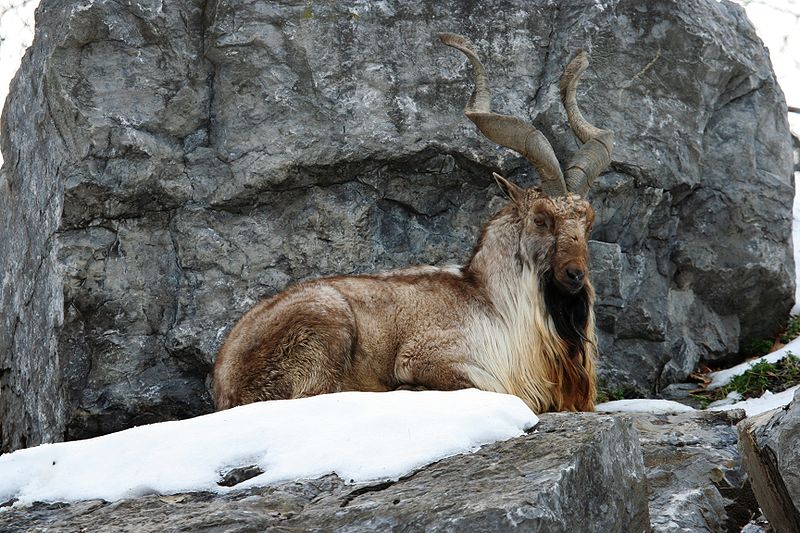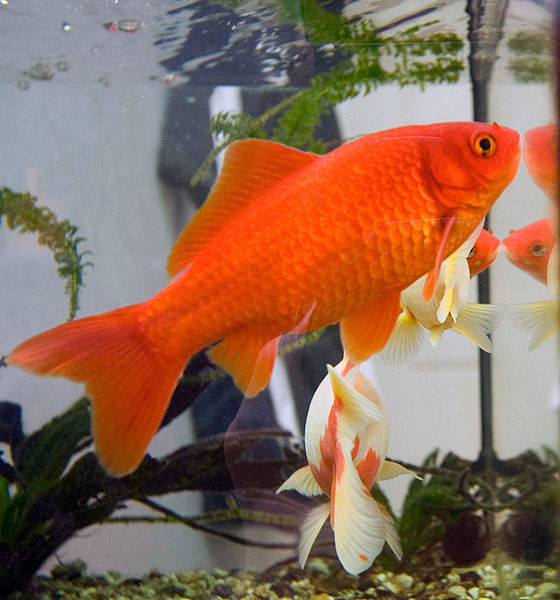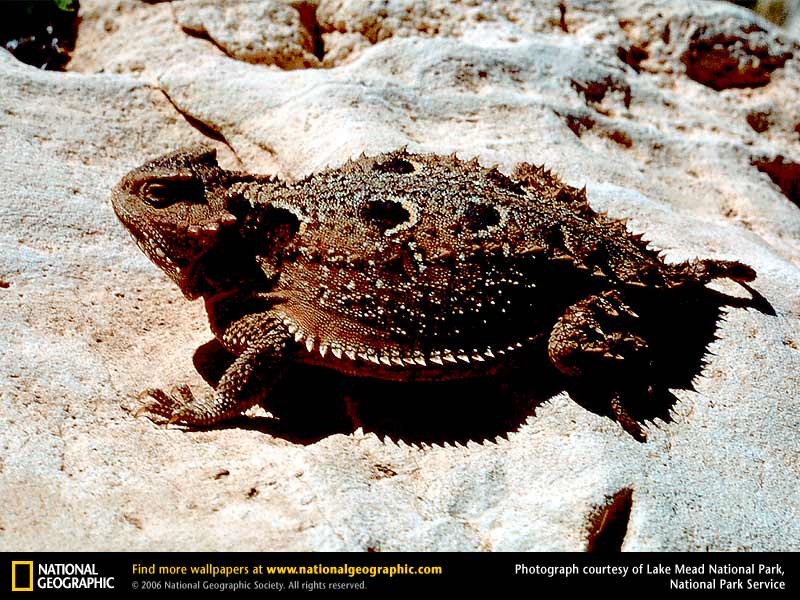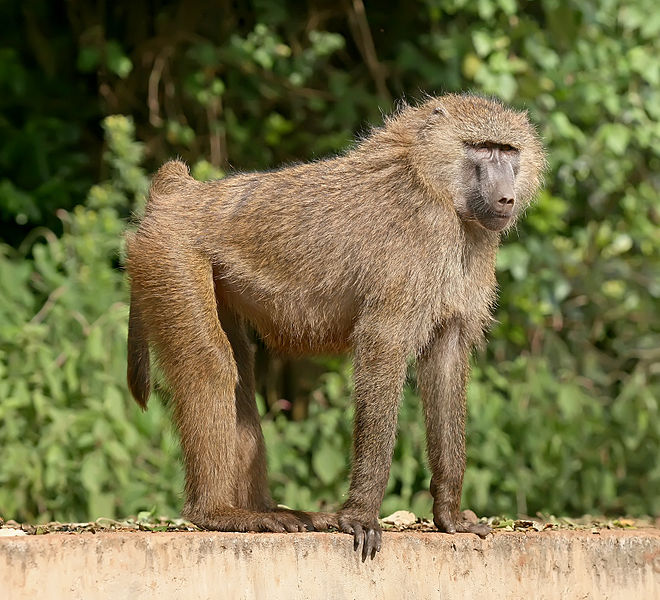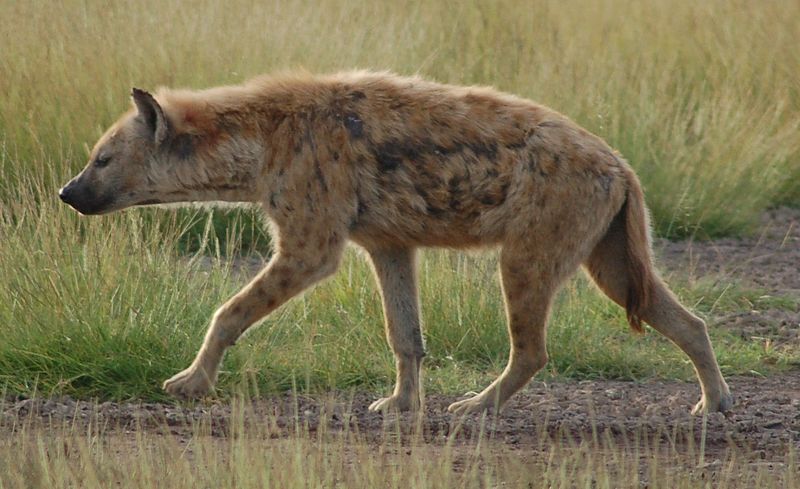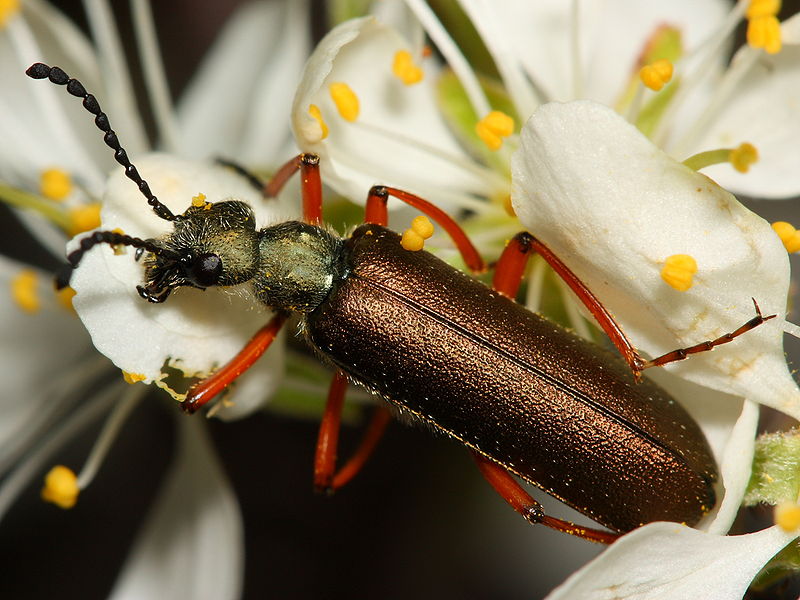
You came back for Day 2 of Wild Facts – Interesting Insects? That is great, I am thrilled to have you here. Yesterday we talked about an extremely large insect so I figured we would downsize a bit today. Don’t worry though, it is still just as interesting. We are going to look at the Blister Beetle but you may know it as the “Spanish Fly”.
The Blister Beetle varies in shape, colour and size depending on the exact species. Since there are about 7500 known species, there is a lot of variation between them. Have you ever wondered why they are called blister beetles? Well, they get this name since some of these numerous species contain a chemical called cantharidin which will actually cause your skin to blister. This is a great defense mechanism for the little bug but you may not want to play with these little guys. Actually, I would like to alter that last statement. You may not want to play with these little guys unless you have a bunch of warts. You see we use cantharidin to get rid of warts so maybe these insects will actually help you out.
The most famous blister beetle, the emerald-green beetle known as the Spanish Fly is often used to encourage farm animals to mate. Yep, you read that right. The chemical can be used as an aphrodisiac and believe it or not some humans have tried it to make themselves more appealing. I don’t recommend this since a slight miscalculation can cause all sorts of problems such as fever and kidney failure.
Blister Beetle Fast Fact: Apparently the wife of Augustus Caesar use to slip the Spanish Fly chemical in her guests food hoping to encourage inappropriate behaviour so she could blackmail them in the future. That is one house party you would not want to attend.

